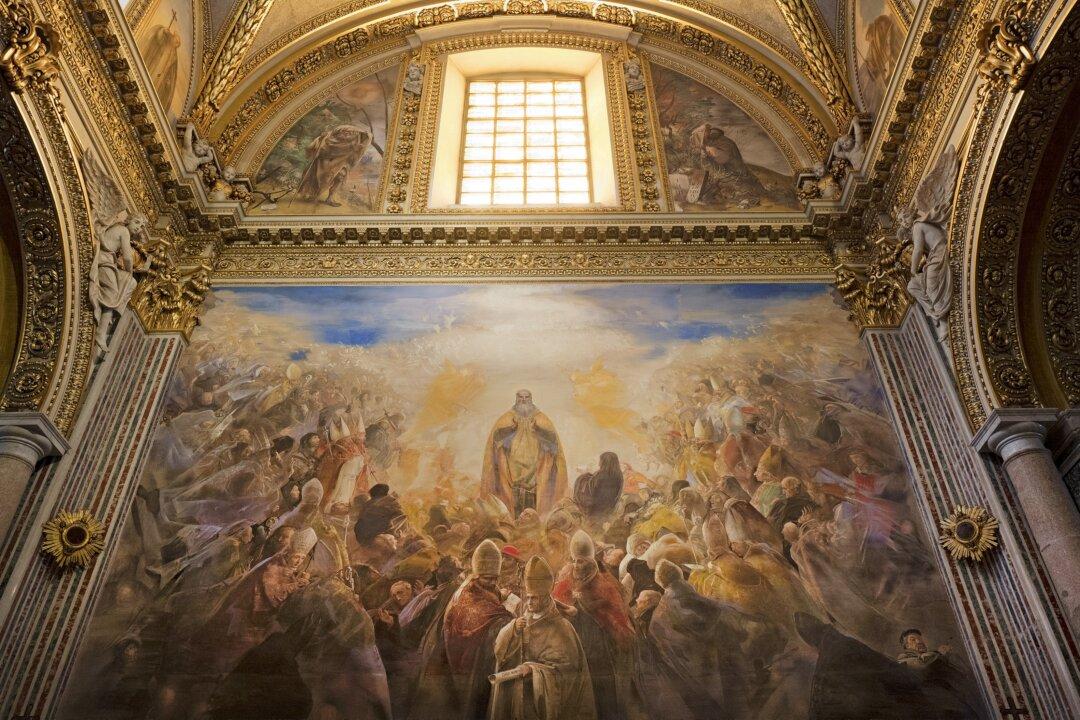Modern art dominates our country’s galleries, museums, exhibitions, and auction houses. Since the advent of photography and the birth of impressionism in the late 19th century, orthodox art has largely been relegated to the irrelevant.
In the name of progress, many late-19th- and 20th-century artists embraced the new, the individual, and the radical, often leaving centuries of art traditions behind.






